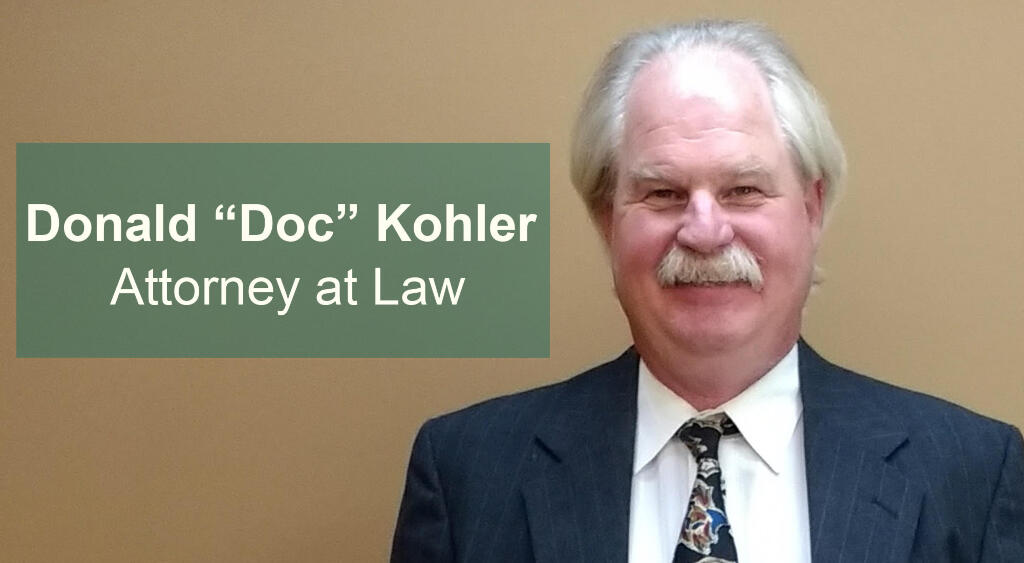
Before earning his law degree in 1998,
Mr. Kohler graduated from Metropolitan State University in St. Paul, MN, with a BA in Communications in 1991. Prior to and while going to school, he worked at United Parcel Service.
LEARN MORE ABOUT DON KOHLER
RULES REGARDING ROAD SIGNS AND MARKINGS Torts: Transportation Torts: Motor Vehicles A state transportation department has a duty to place and maintain appropriate signs, signals, and other traffic control devices on highways that are under its jurisdiction. The state transportation department also has a duty to place and maintain signs, signals, and other traffic control devices that are in accordance with the state's vehicle or transportation code. A local transportation department has the duty to place and maintain appropriate signs, signals, and other traffic control devices on roads that are under the control of a local government, such as a city or a county. The local transportation department also has the duty to place and maintain signs, signals, and other traffic control devices that are in accordance with local transportation ordinances. A state transportation department may place and maintain signs, signals, and other traffic control devices on roads that are under the control of a local government if the local government consents to such signs, signals, and traffic control devices. The state transportation department normally places and maintains such signs, signals, and traffic control devices on local roads if traffic from the local roads leads to or impacts the state's highways. State transportation departments and local transportation departments place and maintain traffic signs. Such traffic signs include stop signs, yield signs, and speed limit signs. Such traffic signs also include street signs and directional signs. The departments also place and maintain traffic signals, such as traffic lights. The departments further place and maintain other traffic control devices, such as markings on highways and roadways. A motor vehicle driver, a pedestrian, and an operator of a streetcar are required to obey signs, signals, and other traffic control devices. These persons can only avoid obeying the signs, signals, and traffic control devices when they are being directed otherwise by a police officer, when they are attempting to avoid a collision, or when there is an emergency. If a motor vehicle driver, a pedestrian, or an operator of a street fails to obey signs, signals, or other traffic control devices, he or she is deemed to negligent per se or negligent as a matter of law. The fact that a sign, a signal, or a traffic control device was not authorized under a state or local transportation code may not be a defense. The driver, the pedestrian, or the operator is also required to exercise reasonable care. If other drivers would assume that the sign or the signal was legal, it would be unreasonable for the driver, the pedestrian, or the operator to ignore the sign or the signal. |
